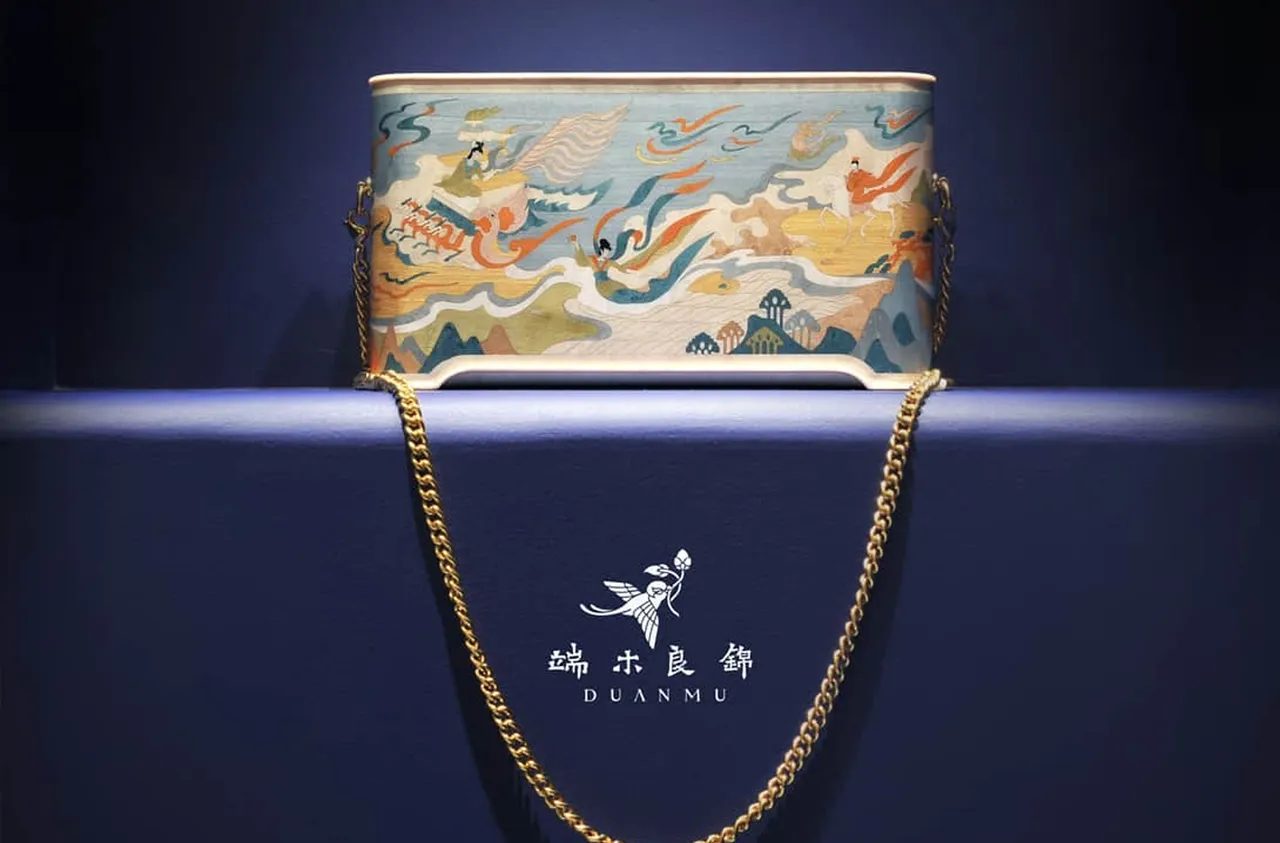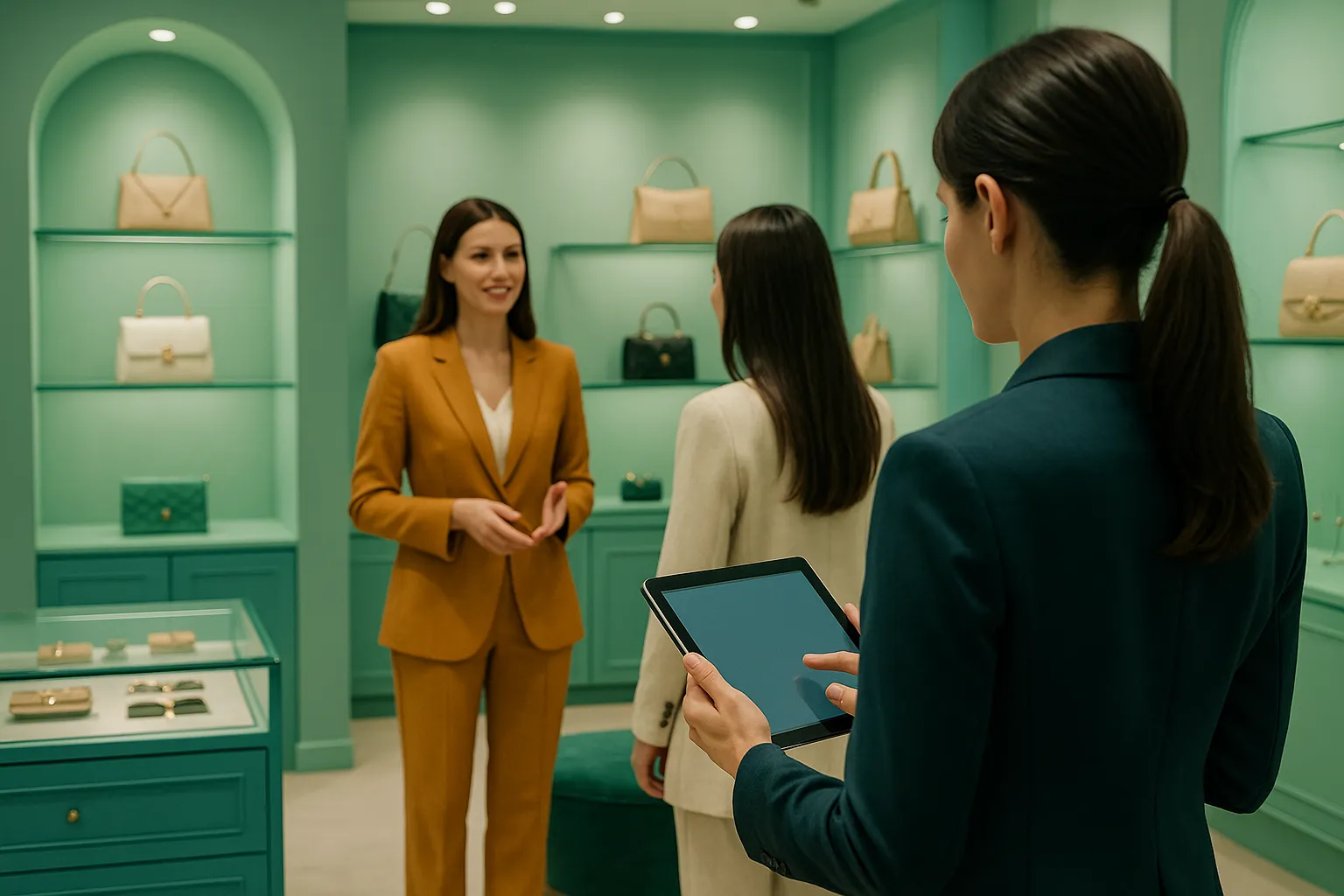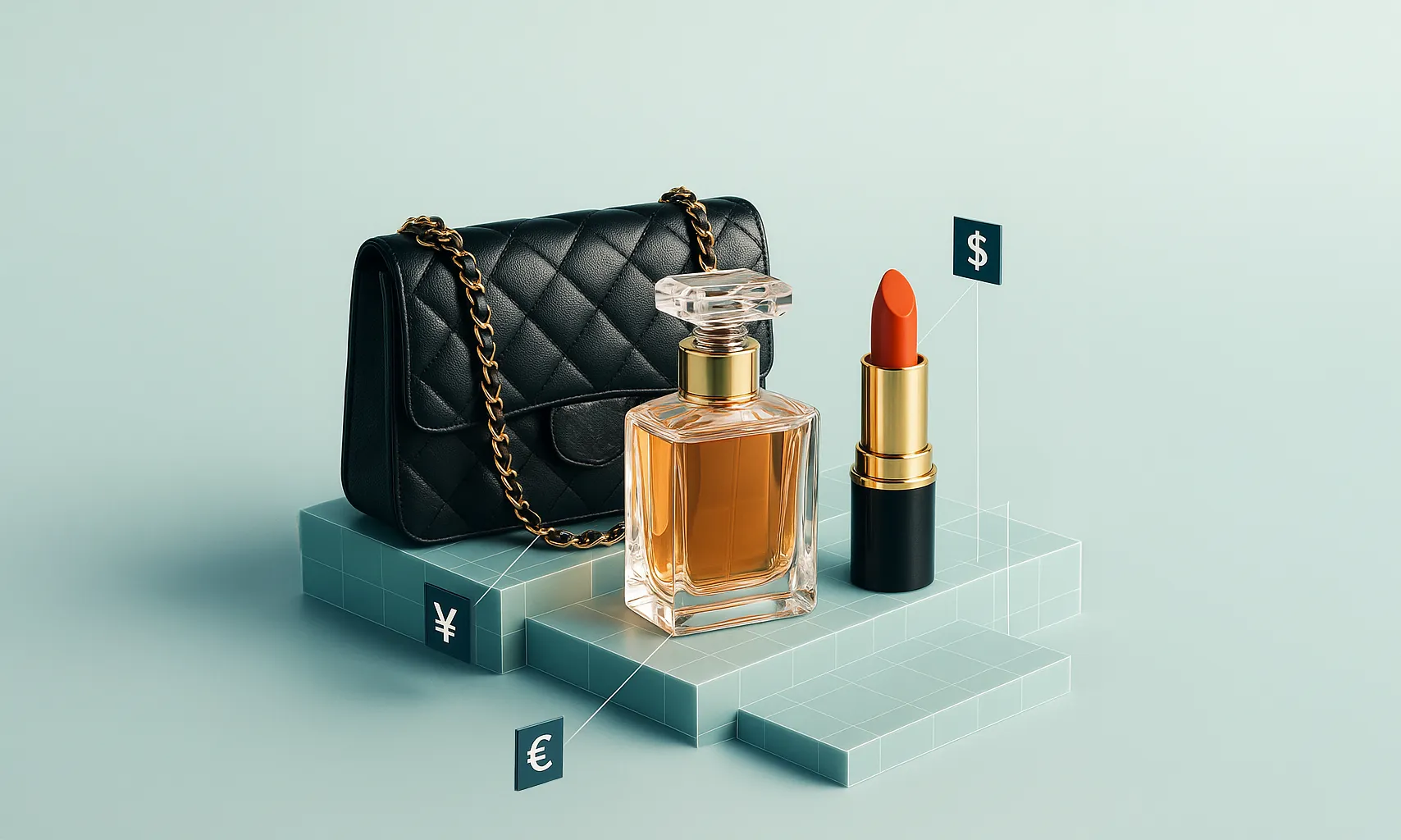Luxury’s Fashion Events and Sustainability: Compatible or Not?

Dior makes a splash in Mumbai
Imagine this scene: Beautiful models adorned in brocaded, embellished dresses and outfits, most incorporating elements of traditional Indian garb, walking down a runway framed by Mumbai’s Gateway of India with the glittering Taj Mahal Palace hotel standing on the other side and the runway flanked by giant tapestries composed of thousands of marigolds and flickering lights.
In front of the Gateway of India, a massive Toran, a traditional Hindu entryway, welcomed guests. It was 46 meters long and handcrafted over 35,000 hours by a school of 300 Indian artisans, adorned by 25 intricate embroidery techniques.
The show was accompanied by music played by a classical band while A-list celebrities, artists, editors, and influencers who had traveled from far and wide looked on. The words to aptly describe this event are breathtaking opulence.
This was Dior’s Pre-Fall 2023 show, taking place this March at the Gateway of India as a collaboration between designer Maria Grazia Chiuri and a not-for-profit school of artisans, Chanakya School of Art, founded by Karishma Swali. It was beautiful, ethereal, and a simply stunning homage to Indian culture.
At Odds with Sustainability?
To the neutral observer’s eye, its sheer scale and opulence may have looked at odds with sustainable practices, and its grandeur could have sent the wrong message to environmentally-minded customers and fans. On the other hand, one could equally argue that while it was unquestionably stunningly executed, certain aspects may align with sustainable standards.
Post-COVID, with an evident hunger for opulence after the pandemic-induced dry spell in fashion, many luxury brands have started staging large-scale comebacks to runways in iconic or far-flung locations. Aside from the Dior show mentioned earlier, examples abound, including Gucci in Seoul (South Korea), Chanel in Dakar (Senegal), and Dior Mens in Giza (Egypt).
In the context of our planet’s well-being, luxury brands face a considerable dilemma: How to stay faithful to the promise of glamour and our desire to be wowed while respecting the boundaries of environmental concerns not just in words but through daily action?

Redefining How We View Luxury
Reconsidering notions like opulence and exclusivity in favor of inclusivity and community can certainly bring about an attitude change. There may come a day when brands no longer feel they must stage such a multitude of events and can use technology and online community spaces and platforms alone to showcase themselves.
Gen Z, in particular, are demanding and ethically exacting. They judge brands that claim to be sustainable but continue in the old lavish ways very harshly. Losing the loyalty of Gen Z or never even gaining it due to this perceived hypocrisy can be a considerable detriment to luxury brands. Witnessing luxury brands, designers, or celebrity ambassadors espousing sustainability but throwing lavish parties and traveling on mega-yachts leaves a bitter taste in many customers’ mouths, especially among Gen Z.
Luxury faces a difficult decision between a visible commitment to sustainability in messaging and the need to wow audiences. While no one solution is perfect, incremental change will eventually lead to a more significant positive impact. There is a myriad of ways in which brands can and have been addressing this issue, including:
- Choosing sustainable venues, energy sources, and materials: this includes picking platforms that prioritize energy efficiency, are LEED certified, have eco-friendly event spaces and selecting locations easily accessible on foot or by public transport. This also includes replacing energy and resource-intensive materials and energy sources with more sustainable ones like solar and wind power, both behind the scenes and center stage. Holding events outdoors whenever possible is a no-brainer.

- Using sustainable stage sets, decorations, and props: this includes using and reusing recyclable, reusable, and sustainable materials related to stage sets, decorations, art, and props. The Federation de la Haute Couture et de la Mode (FCHM) released a tool for measuring the ESG impact of fashion events in 2020, including 120 performance metrics that brands can use. For instance, FHCM and its partners, including LVMH, Kering, Chanel, and Hermès, have pledged to reuse and recycle props and stage sets.
- Implementing Carbon Offset programs: this would include calculating the event’s carbon footprint and investing in carbon offset programs to neutralize emissions, including planting trees, supporting sustainable projects, or buying carbon credits.
- Collaborating with sustainable vendors: this includes anyone from caterers to service providers. The point is to support sustainably-minded businesses, thus promoting the event’s sustainability and perpetuating a culture of circularity. Gucci has been certifying its shows as carbon neutral since SS2020. This includes initiatives such as using sustainable vendors, reusable materials, and local vendor partners.
- Reducing/collapsing the number of events: designers introduced the cruise collections several years ago to showcase more of their products and drive sales. One option is to collapse cruise collection shows with spring/summer or fall-winter shows or eliminate those showings. Another option would be to alternate between live performances and virtual shows every year.
- Using technology to create virtual shows replacing live shows: in previous reports, we have explored the metaverse, virtual and augmented realities and the many solutions technology can offer. Decentraland’s ongoing fashion shows throughout last year, while still in their infancy and receiving mixed reviews, are a perfect example of execution. A few days ago, Gucci held its “Ancora” fashion show across three metaverse platforms, including Roblox, Zepeto, and China’s QQ.
- Joining forces with complementary brands: a pure apparel brand could showcase in partnership with an accessories brand, thus collapsing the fashion show and the launch party for the accessories into one event. This is undoubtedly an outside-the-box approach; however, just as brand collaborations used to be unimaginable, show collaborations may become a reality.
- Moving to all-digital communication: reducing printed materials by utilizing digital invitations, programs, and signage and encouraging attendees to use digital apps for event information and networking.
- Raising awareness and educating customers: for the general public who only sees the size and splendor of the event but is unaware of the sustainable support efforts behind the scenes, it is helpful to vocalize and communicate about the specifics of the event, not only the brand’s sustainability efforts at large.

Going Back to Dior in India
From our observation, and without any knowledge of sustainability measures implemented behind the scenes, if we re-examine the Dior event more closely, it may well have checked several items on the sustainable practices list:
- The event was set outside, eliminating the need for cooling/heating or any other expensive temperature regulation.
- The event used existing iconic, historic locations as the stage, and the props were so awe-inspiring that they eliminated the need for energy-intensive special effects.
- It was set in an easily reachable location in Mumbai, minimizing the environmental impact of transportation.
- While the event featured an intricate toran, which was energy and labor-intensive, it simultaneously created a lasting work of art that will be left for posterity rather than disposable decoration.
- Natural décor in the form of flowers was used as a self-regenerative resource.
- Artists who work on the decoration and garments are part of a not-for-profit that supports lower-income female artisans in a predominantly male-dominated craft.
Is there a middle ground?
Luxury will always command a certain level of glamour and opulence; this simply goes hand in hand with its definition. For luxury brands, the ability to showcase the latest collections during fashion shows and events is somewhat akin to an artist being able to exhibit. It is hard to deny an artist the ability to showcase at this level. Experiencing awe and inspiration at the hands of designers and artists is a beautiful part of the human experience.
However, adaptation to the environmental challenges we face and respective modifications certainly can and must be made, especially regarding fashion events, as they are vital to a brand’s messaging and can easily lead to negative publicity if mismanaged. Brands can moderate how these are presented to incorporate more environmentally friendly practices, and the examples outlined above are just some of the many approaches available to brands. Luxury brands, due to their visibility and high profile, have an opportunity to be a shining example of responsible eco-management and should leverage it whenever they can.



